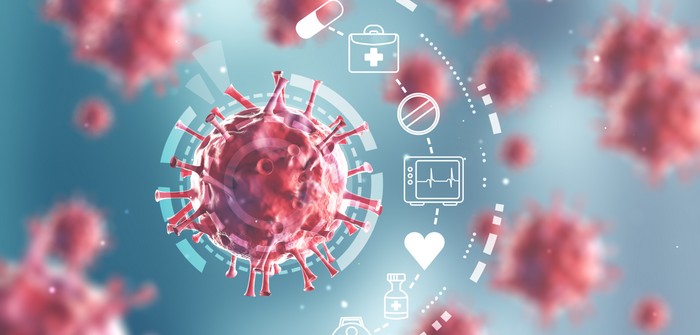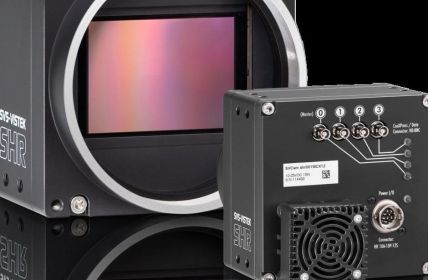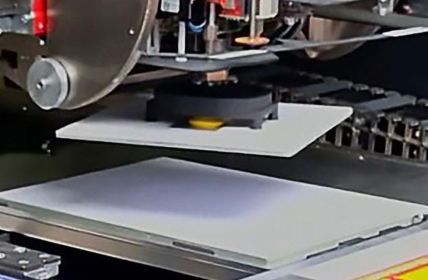U.S. scientists have been able to successfully insert nano-networks into human body cells and have them communicate with microbe-based IoT applications. The goal is to be able to administer drugs via the Internet and monitor and control internal human biological processes in real time.
Table of Contents: What awaits you in this article
BioLans: Microelectronics Networks in the Body
To this end, the scientists created a technical solution from a wide variety of components. They connected nanotechnology sensors in human cells with microbial substances, which in turn can generate electrons with molecules. This network of biological and electronic components, known as BioLan, is capable of connecting to external devices. Body data can then be transmitted from them to IoT platforms, analyzed and played back to third parties for further use.
Medical application areas for IoBNT
These intravenously administered small calculating machines should be able to identify and stop altered processes in the body. Diabetes patients whose blood sugar levels suddenly drop could thus immediately and automatically receive an insulin dose initiated by these nanoparticles. Their attending physicians would also receive a message about the incident via an IoT server interface. The same applies to diseases such as Crohn’s disease, where the nano-networks can stimulate genetically modified bacteria in the body to produce specific drugs.
IoBNT against Corona?
The developers’ greatest hope, however, rests on the discovery of previously unknown viruses. This technology promises to be particularly helpful in detecting new variants of infections. IoBNT could inform its users about newly emerging variations of already known pathogens in their bodies in real time on their wearables. The resulting data would be automatically relayed to doctors and scientists, who could then develop timely therapies against them. The Covid19 virus, with its numerous mutations currently evolving and treatment by mRNA vaccines, could exemplify this process.
Health and safety risks from IoBNT
The long-standing scientific debate over lung disease caused by nanoparticles escaping from printers is likely just one area that this research should keep in mind here. Also, with the Internet of Things infrastructure still at massive risk from ransomware, even the biggest enthusiasts of the technology are urging caution. If hacking hospital facilities today already leads to dead patients, as at the Düsseldorf University Hospital last year, what is possible with IoBNT? Internal medications distributed in real time via the Internet and the complete collection of data on the internal processes of the human body on individual servers can lead to massive problems for those affected in the event of data protection violations.














